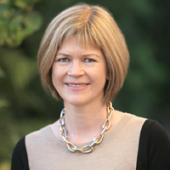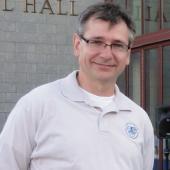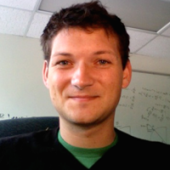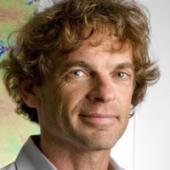Climate System Dynamics
The Earth's climate system involves interactions between the atmosphere, land, ocean, and cryosphere. Scientists in ESS aim to characterize and model the fundamental dynamics of the climate system in order to predict its response to anthropogenic forcing and to provide possible mitigation and adaptation strategies.
Examines how remote conditions affect local extremes in temperature and precipitation using observations, specifically designed model experiments and analysis of coordinated large ensembles of historical and projected climate simulations
Interannual-to-interdecadal climate variability resulting from atmosphere-ocean interactions. We develop atmospheric and coupled atmosphere-ocean general circulation models (GCMs) and design numerical experiments with the GCMs for climate studies
Uses high-resolution and multi-scale atmospheric models to study interactions between cloud physics, large-scale dynamics, and the regional water cycle. Exploits high-performance computing and machine learning for turbulent process emulation and neural-network assisted dynamical inquiry
Uses satellite remote sensing techniques (imaging radar, laser altimetry, radio echo sounding), airborne geophysical surveys (icebridge), field surveys (radar, GPS, bathymetry, CTD), and numerical modeling
Employs advanced multi-sensor geophysical techniques, including satellite time-variable gravity (GRACE), to study the mass balance of the Greenland and Antarctic Ice Sheets and glaciers worldwide
Improves realism of physical processes (albedo, emissivity, snow, firn, aerosols) for climate prediction, and develops high performance data analysis software
Reconstruct past climate (paleoclimate) over the past several glacial-interglacial cycles at seasonal to millennial resolution and to compare these records with other paleoclimate data and model output
Studies how atmosphere and ocean dynamics influence regional climate and climate extremes, with an eye to climate change and policy applications













